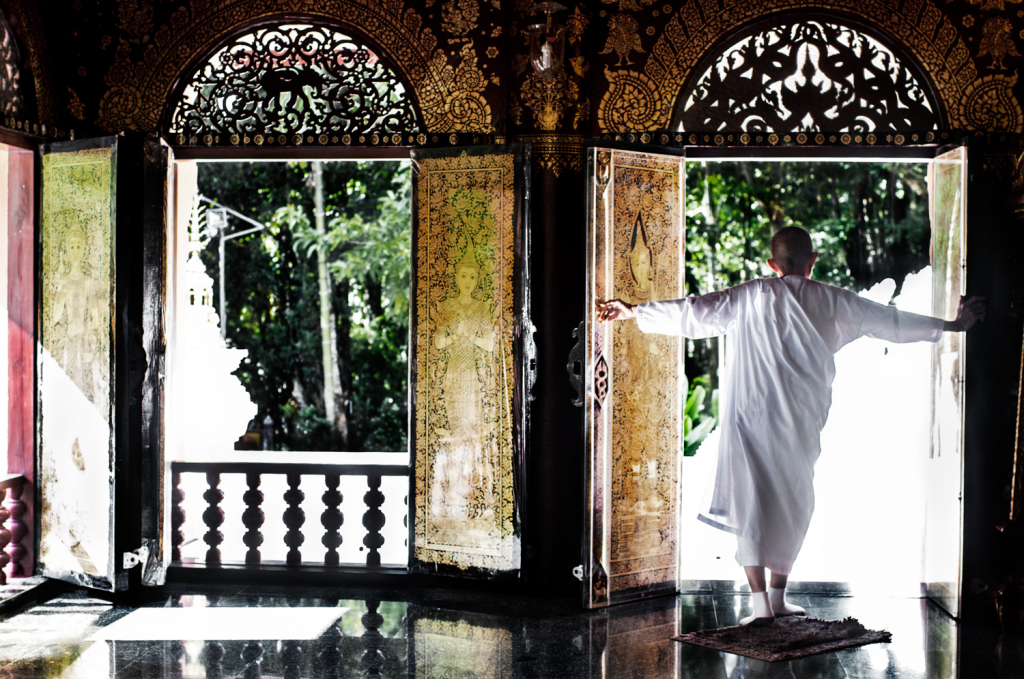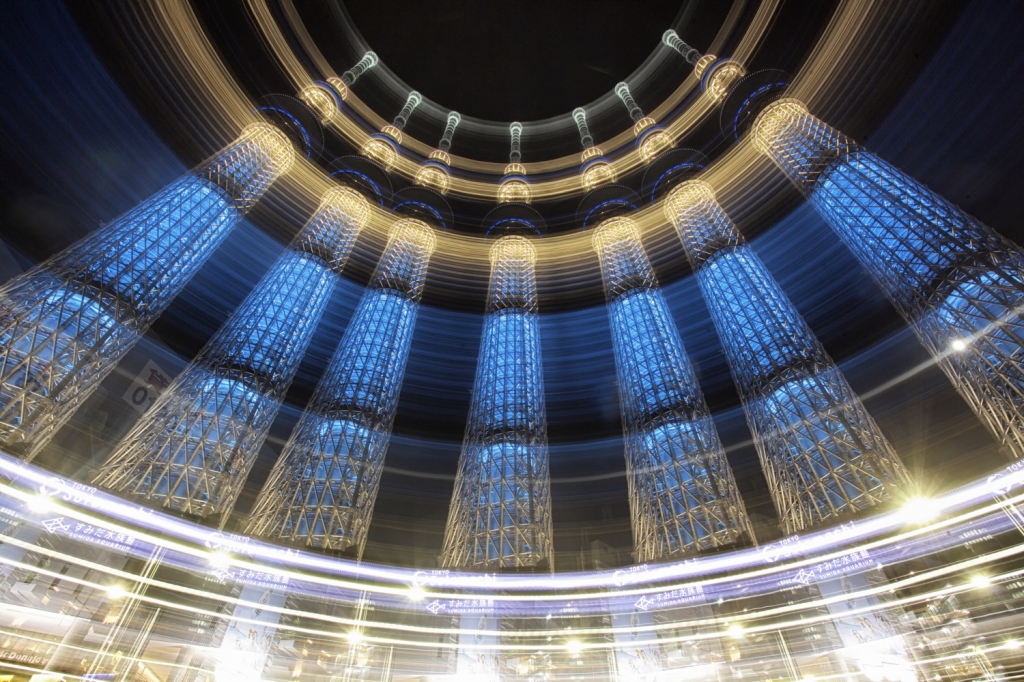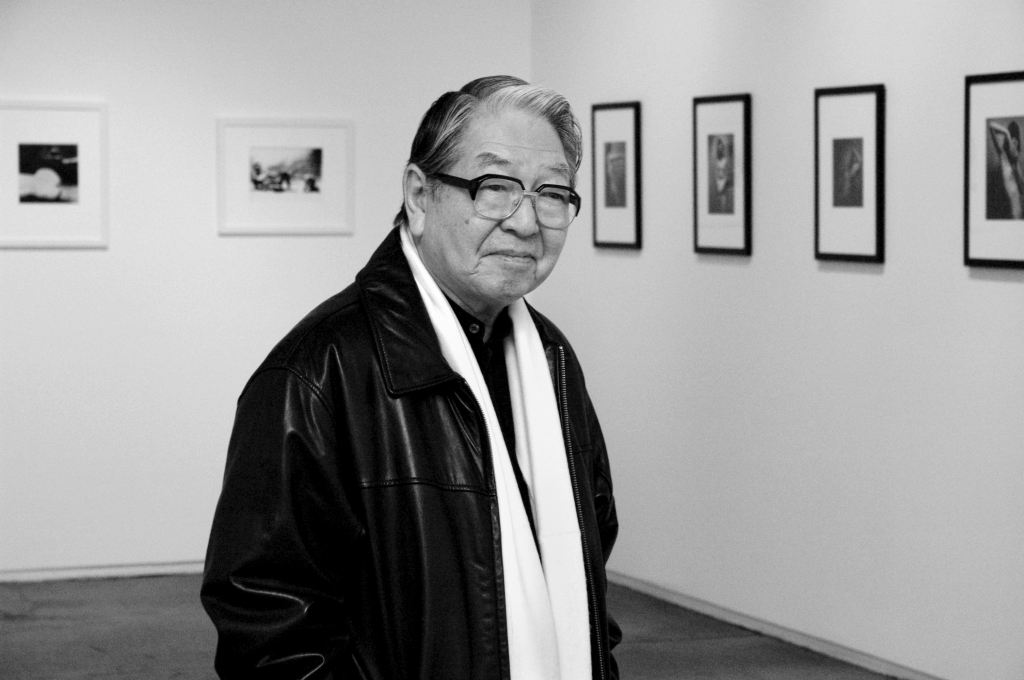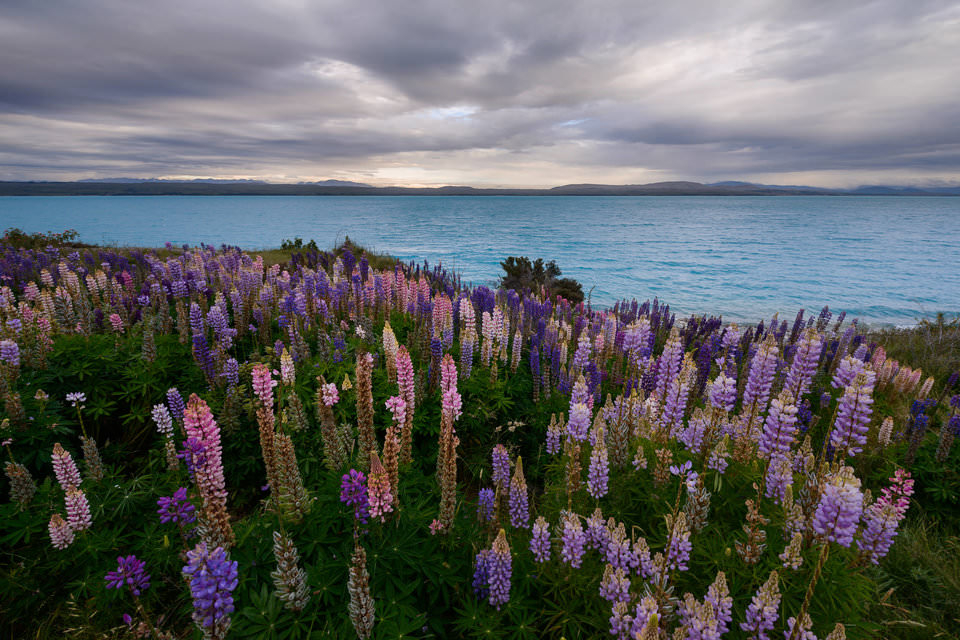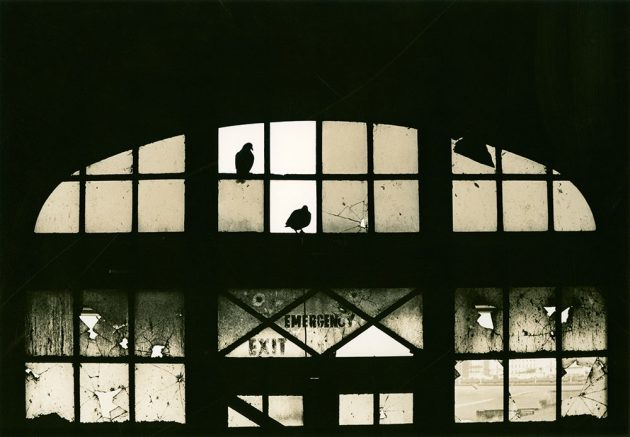accessibility
HOW TO PHOTO THE NIGHT CITY. RULES, ADVICE, TALKS AND RECOMMENDATIONS
 Photographer Matt Perry shows how to transform eye-catching cityscapes into breathtaking images while working harmoniously with the surroundings and city lights.
Photographer Matt Perry shows how to transform eye-catching cityscapes into breathtaking images while working harmoniously with the surroundings and city lights.
Photo by Matt Parry
Combine natural light with artificial sources. Sony A7 III, 24-70 mm, 49 s at f / 14, ISO 100
Natural light
City landscapes look great during the golden hour of sunrise and sunset due to diffused, warm light. The same applies to the “blue hour”: the period before sunrise or immediately after sunset, when the sun goes low enough below the horizon, and the sky takes on a blue hue, which becomes deeper, darker and richer, the further the sun recedes until the blue becomes in black.
Photo by Matt Parry Continue reading
